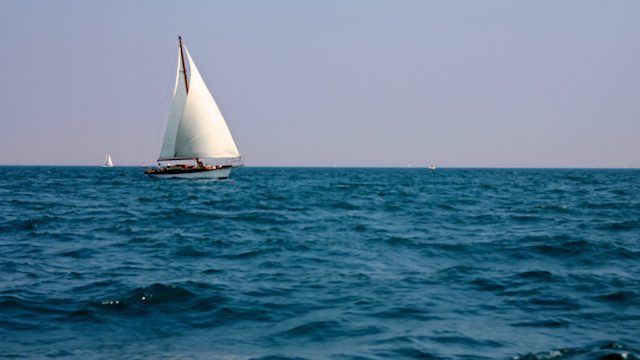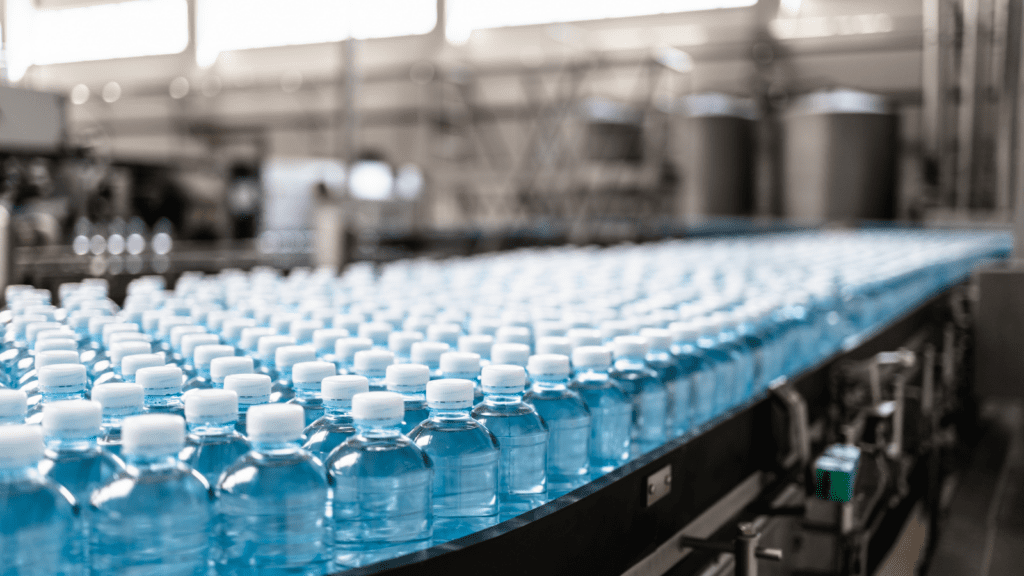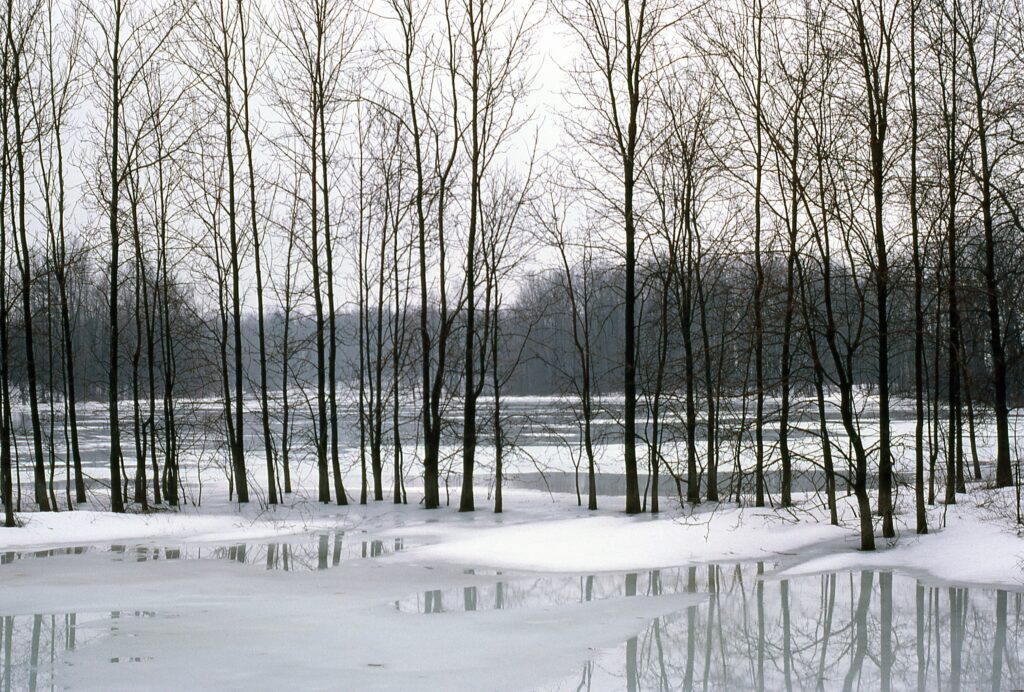Last week, in our final episode of The Recovery Series, we talked about the need to invest in the protection and restoration of our Great Lakes as part of a green recovery. In case you missed it, you can watch the episode here on our Youtube channel or on Facebook.
With hundreds of participants and so many great questions, we weren’t able to answer them all live. Here are a few questions we wanted to take more time to answer.
This is the final in a series of blogs answering your questions about COVID-19 and the environment. Do you have a question? Email us at deardefenders@environmentaldefence.ca
I have serious concerns about companies like Nestlé coming into towns in Ontario and other provinces to purchase large amounts of water. What can be done about this?

Environmental Defence has been working with grassroots organizations on this important issue for the past few years. In Ontario, companies like Nestlé don’t purchase groundwater directly. This is a good thing—we don’t want to commodify our water. Instead, they pay a service charge for the delivery of that water and the cost of maintaining our water management system.
In 2017, this price was increased to better reflect the true cost to Ontarians. There was also a moratorium placed on new or expanded permits to take water for water bottling.
As a result of people like you taking action, the government has extended the moratorium twice —now until October 2020. However, with few indications that changes to the way Ontario manages these permits are coming—it’s time that moratorium is made permanent.
What are some of the causes/sources of algae blooms in Lake Erie?
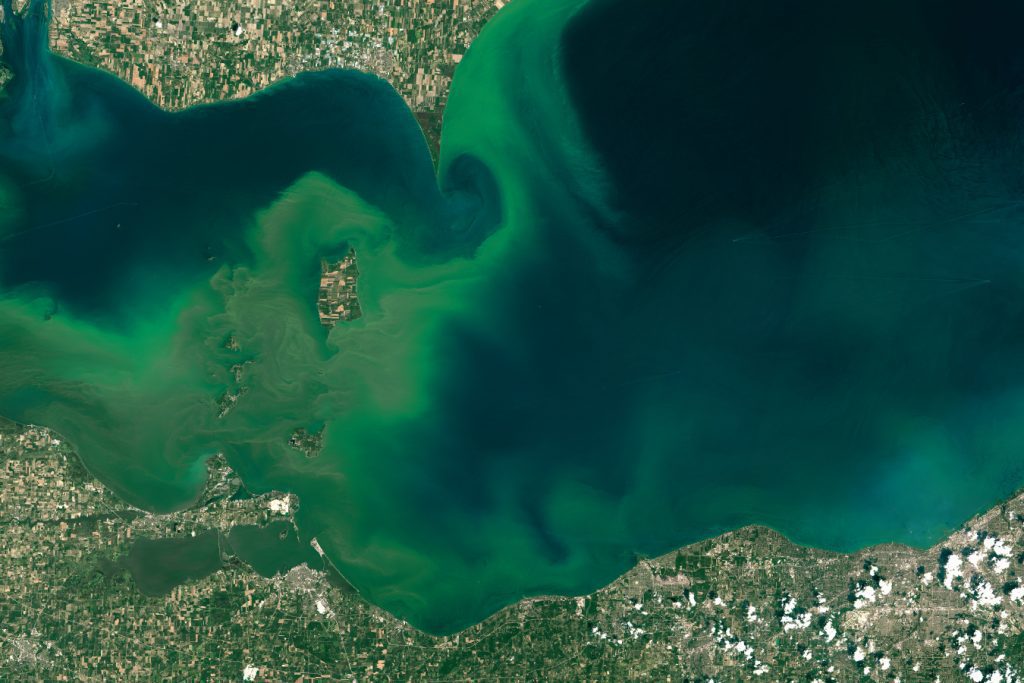
Excessive nutrients like phosphorus and nitrogen finding their way into the lake are the cause of algae blooms. Sometimes those blooms can be toxic and harmful to humans and animals. They can clog intake pipes, add significant costs to drinking water treatment, and kill fish.
The biggest source of these nutrients is agriculture. Manure and fertilizers contain these nutrients and when it rains, they runoff agricultural fields and into nearby waterways, eventually ending up in the lake. Runoff from urban lands and water treatment facilities are also a source. It is important that we address nutrient pollution from all sources.
The Canada-Ontario Lake Erie Action Plan contains actions to do exactly that. However, the implementation of the plan and putting the actions to work has been significantly delayed. That’s why it’s so important to tell local representatives, both federal and provincial, that we need action now.
Is Lake Simcoe ever factored in when devising water protection plans?
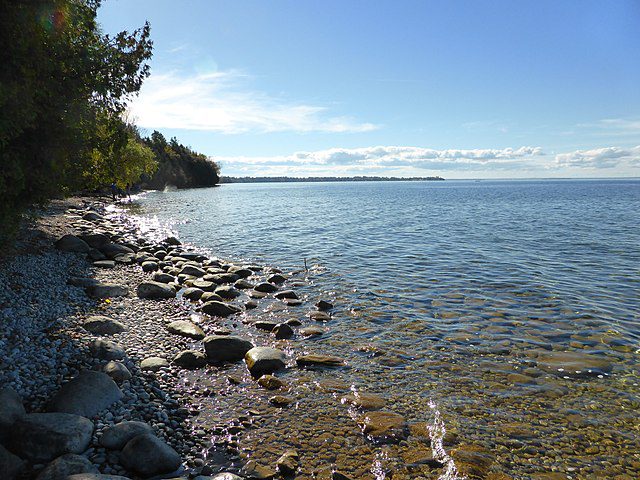
Yes! Lake Simcoe is part of the Great Lakes Basin and is such an important body of water. Lake Simcoe also faces threats from climate change and algae blooms, and the Lake Simcoe Protection Plan aims to reduce nutrient pollution in the lake’s watershed. This watershed-based environmental law is one-of-a-kind. The Lake Simcoe Protection Plan plan is now going through a review process. It’s important that the plan stays on track and be improved. You can check out Rescue Lake Simcoe Coalition, an organization dedicated to protecting Lake Simcoe, for more information.
Are there alternatives or substitutes for road salt that are as effective or almost as effective?
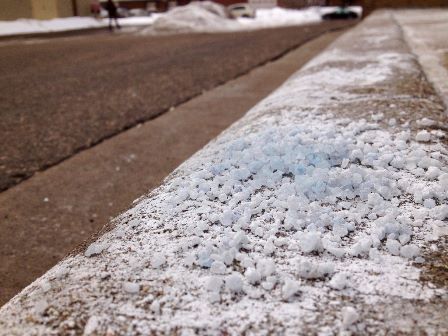
Excessive road salt is causing major problems in the Great Lakes region. Environmental Defence has partnered with WWF Canada and the Canadian Environmental Law Association to ask the provincial government to create a target for road salt (chloride). So far, government action to address excessive road salt has been slow. In the meantime, the best alternative is to use less salt. Contractors and large scale salt applicators can get certified to apply the right amount of salt to keep people safe, and not hurt the environment. Check out this blog for more information.
What type of initiatives or programs can be employed to mitigate flooding from climate change events on vulnerable shorelines?
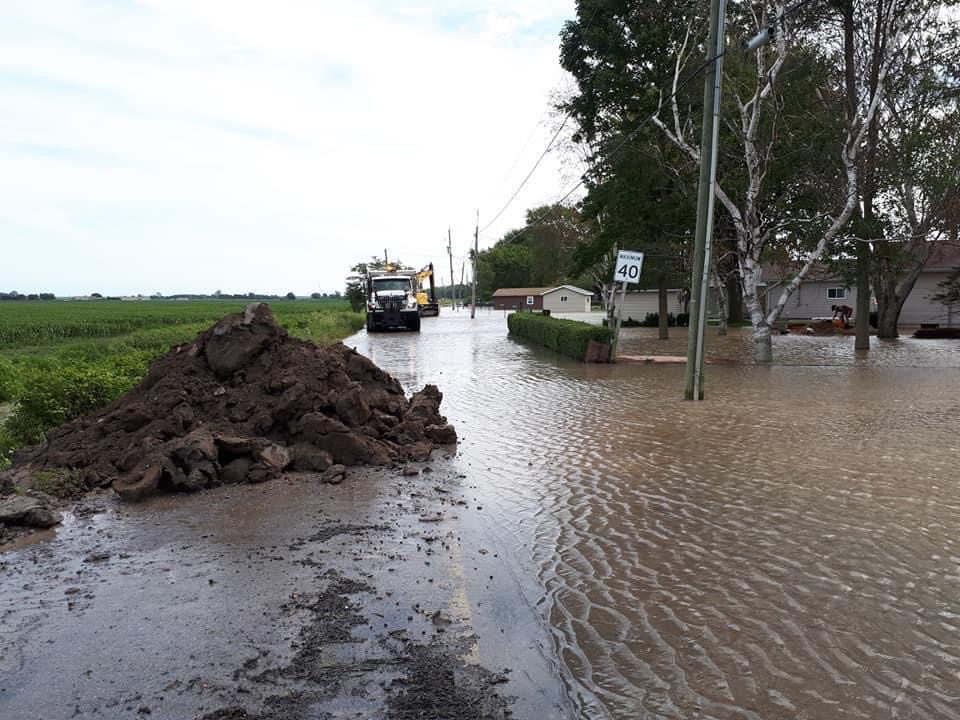
We’re seeing impacts from climate change across the Great Lakes region. All lakes are facing well above average water levels during the past few years. There are a variety of programs and initiatives that can help communities be more resilient to these changes.
Natural infrastructure, or green infrastructure, is a great place to start. More forests, wetlands and naturalized shorelines make a region more adaptable to high water levels or storm events. As we discussed during the webinar, green infrastructure is also a huge employer in Ontario. The sector has well over 100,000 jobs, so it is a great one to invest in during our economic recovery from COVID-19. By investing in green infrastructure, we will not only be more resilient to climate change, but we’ll also support ecosystems, healthy communities, recreation, water quality and more.
Thank you all for participating in the webinar and all your insightful questions and comments. Make sure to sign up for our newsletters (see form below) and follow us on social media so you don’t miss out on more great digital events!




